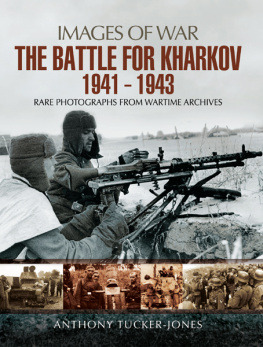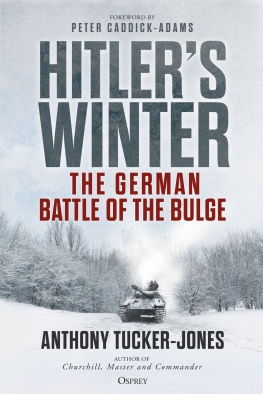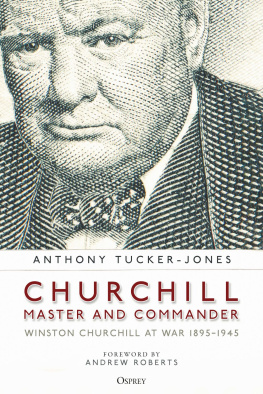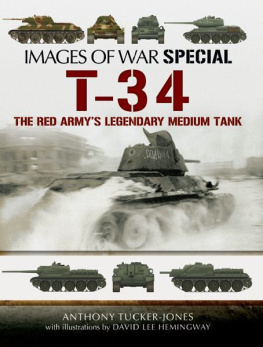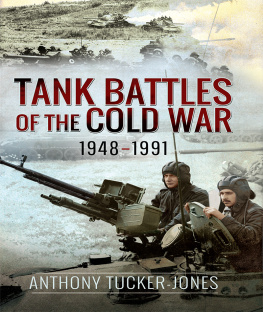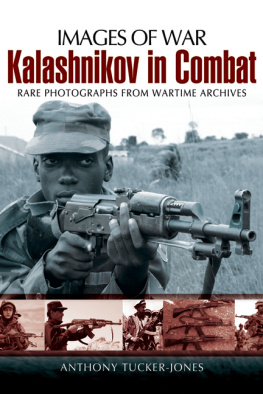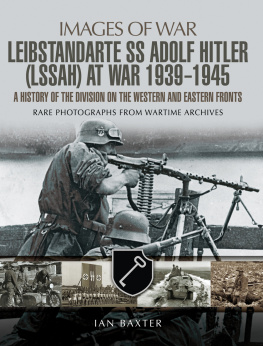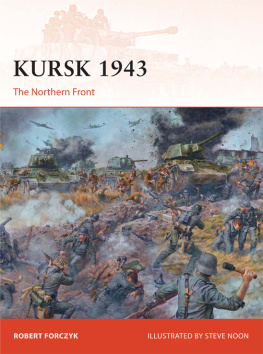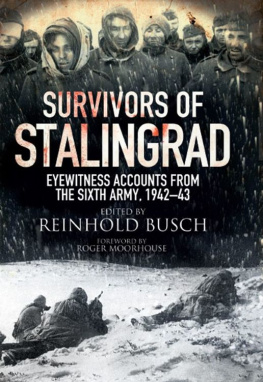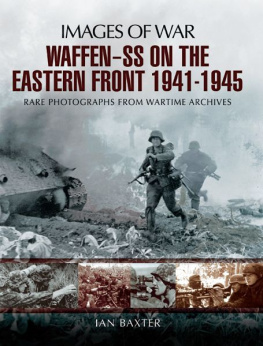Anthony Tucker-Jones - The Battle for Kharkov 1941 - 1943
Here you can read online Anthony Tucker-Jones - The Battle for Kharkov 1941 - 1943 full text of the book (entire story) in english for free. Download pdf and epub, get meaning, cover and reviews about this ebook. City: Barnsley, year: 2016, publisher: Pen and Sword Military, genre: History. Description of the work, (preface) as well as reviews are available. Best literature library LitArk.com created for fans of good reading and offers a wide selection of genres:
Romance novel
Science fiction
Adventure
Detective
Science
History
Home and family
Prose
Art
Politics
Computer
Non-fiction
Religion
Business
Children
Humor
Choose a favorite category and find really read worthwhile books. Enjoy immersion in the world of imagination, feel the emotions of the characters or learn something new for yourself, make an fascinating discovery.
- Book:The Battle for Kharkov 1941 - 1943
- Author:
- Publisher:Pen and Sword Military
- Genre:
- Year:2016
- City:Barnsley
- Rating:5 / 5
- Favourites:Add to favourites
- Your mark:
The Battle for Kharkov 1941 - 1943: summary, description and annotation
We offer to read an annotation, description, summary or preface (depends on what the author of the book "The Battle for Kharkov 1941 - 1943" wrote himself). If you haven't found the necessary information about the book — write in the comments, we will try to find it.
Anthony Tucker-Jones, in this volume in the Images of War series, offers a visual record of the dramatic and bloody conflict that took place there, showing every grim aspect of the fighting. Kharkov became one of the most bitterly contested cities during the war on the Eastern Front, and this book presents a graphic overview of the atrocious conditions the soldiers on both sides had to endure.
In 1941 Kharkov fell to Hitlers Army Group South. In 1942 the Soviets tried and failed to retake it, losing 240,000 men in the Barvenkovo Bulge. Then, in 1943, the control of the battered city changed hands twice before the Soviets liberated it for good. The fate of Kharkov during the war reflects the history of the wider struggle between Hitlers Germany and Stalins Soviet Union.
Anthony Tucker-Jones: author's other books
Who wrote The Battle for Kharkov 1941 - 1943? Find out the surname, the name of the author of the book and a list of all author's works by series.

